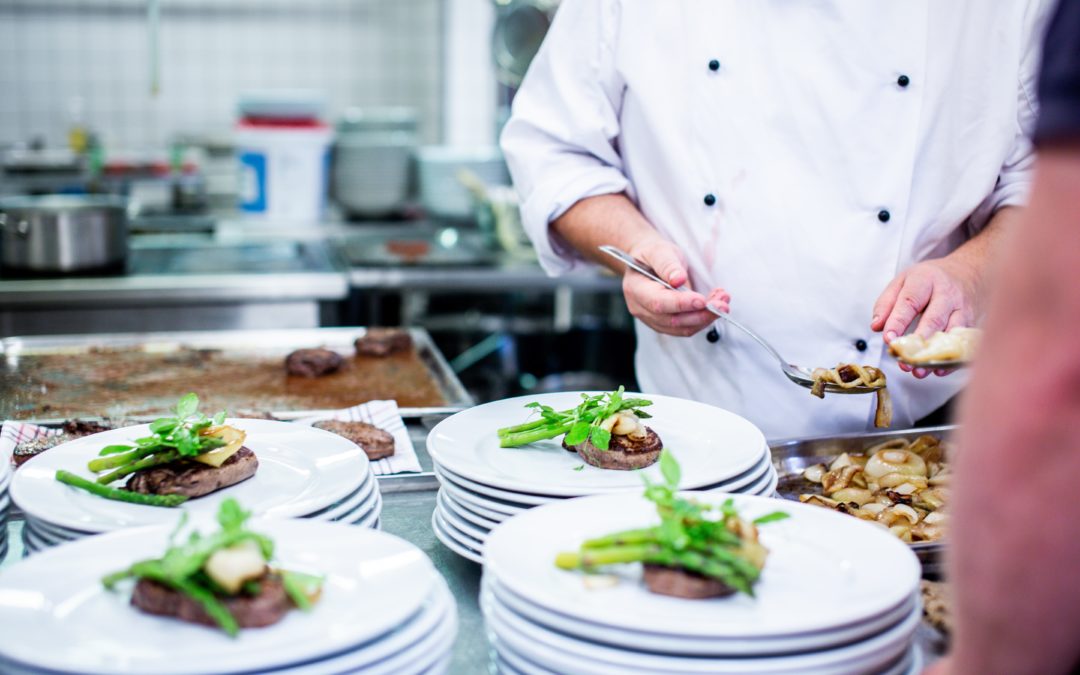A dissenting voice to the fast food trend: slow food, born in Italy in the 1980s, set light on the importance of a full, sit-down meal and its physical as well as mental benefits.
The concept of slow food was born in Italy in 1989, when Europeans decided to face the American fast eating habits and lifestyle by underlining the importance of a full, sit-down meal. Carlo Petrini, the founder of this movement (which then also became an organization) aimed to highlight the importance of eating local, clean, natural food, which took time to grow and prepare, defeating the obsession for fast and pre-cooked meals and saving regional recipes which were being threatened. Food is not an instrument to solve the problem of temporary hunger, but it is an art, an experience: eating good food is a nourishment for body and soul, and sharing meals means sharing moments of happiness and intimacy. To prove this point, the slow food movement has 3 main purposes: taste education, protection of biodiversity and interaction between food producers.
Slow food: where are we today?
Today, also due to the increasingly popular eco-friendly trends and environmental awareness, the philosophy of slow food has widely spread all over the world, giving sit-down meals a more positive and healthier connotation than fast food. This food culture has also been embraced by some personalities in the world of cooking, especially from Italy, the land of good and traditional cuisine, where food is a crucial part of the culture. Some important names are, for example, Chef Davide Scanbin (known for his unconventional cuisine, which started a new chapter in the Italian tradition), Chef Enrico Crippa (who offers his own take on traditional Italian recipes and has also worked in France and Japan), Carlo Cracco (who is not just an amazing Chef but a whole personality, who works in tv programmes and has wrote several books). Of course there are other very important Chefs such as Massimiliano Alajmo, Niko Romito, Bruno Barbieri and Nadia Satini, but the most important thing to remember is the thread connecting them all: the type of cuisine they offer, which is in line with the slow food philosophy from the 80s. These Chefs aim to celebrate traditional recipes by using local, natural, and healthy products, but also to revisit them with a modern, unconventional twist. Their use of seasonal and regional ingredients support the idea that food has to be as fresh and healthy as possible: they embrace tradition, demonstrating that it is possible to move on and be innovative without forgetting the roots. It is central for them to show that food is an art, and that it will not become a “problem to be rapidly solved and dealt with”.
What is really innovative about these personalities?
Some of these chefs, through their innovative ideas and engaging personalities, have become more than just an example of good cuisine and taste: they have become true characters, which are recognized even by people who are not interested in cuisine or in learning how to cook. Chefs Carlo Cracco, Bruno Barbieri, Cannavacciuolo, Borghese and many others take part in tv programmes which revolve around them, or in which they take the role of judges. One of their names on a cookbook makes it instantly a best seller. Some of them have gone as far as to become true Instagram influencers, sharing their amazing new dishes and personal job experiences. Their ideas and innovations, as well as their professional opinion, influence the whole Italian cooking scene.
Visualizza questo post su Instagram
Cappelletti alla genovese, zuppa forte di piccione, yogurt acido, lampone e funghi. @villacrespi
The future of the Slow Food movement
The history of Slow Food is long and frequently changing: how did we reach the ideas we have today about food and cooking? From the origin of slow food – born in the 1980s to defeat the threat represented by fast food – we have reached a new food culture which embraces the traditional roots without being scared of moving forward and be innovative and think outside of the box. Although the cooks’ cuisine is modern and continuously renovated, they never forget their “holy principles”: to eat is to have an experience; the ingredients have to be as clean and healthy as possible; food is an art to be shared and not just an instrument implied to fulfill a need; when cooking it is important to keep in mind not only our own health, but the environment’s as well. When modernity started rising, people thought that the food of the future would have been in pills: it is now clearer than ever that cuisine is luckily going towards the opposite direction, for us and future generations.

